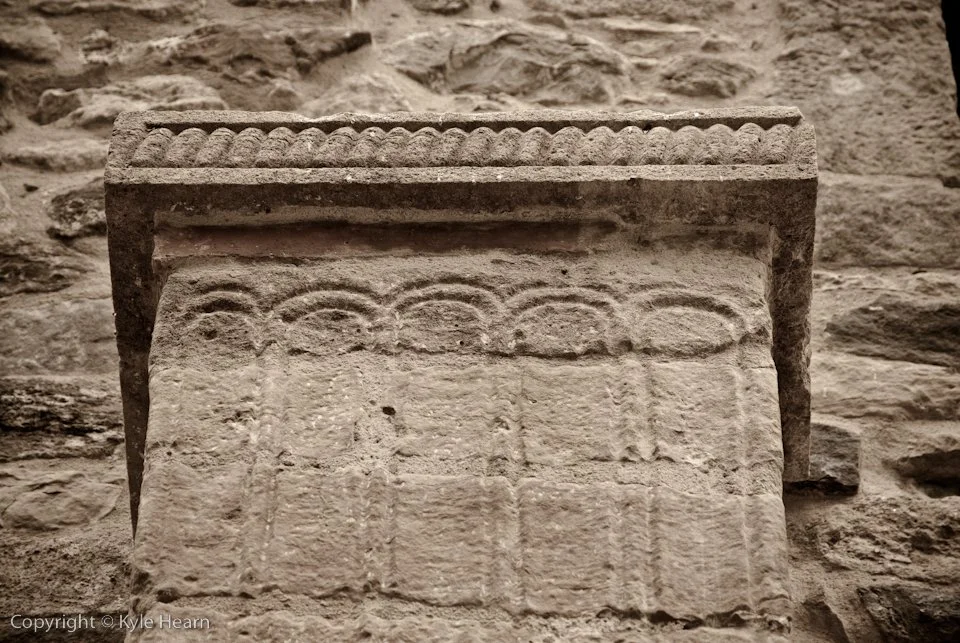Asturian Pre-Romanesque Art and Architecture - Arte Prerrománico de Asturias
Asturias holds a unique position as one of the few regions in Spain that was not completely overtaken by Islamic forces in the Early Medieval Period. The Battle of Covadonga in 722, in what is today Asturias, is considered by some historians as the beginning of a series of numerous battles between Christian and Muslim forces lasting until the final year of the polemically termed “Christian Reconquista” (Reconquest) in 1492 in Granada, Andalucia. This year is also an important milestone in Spanish and world history. In fact, Asturias is popularly considered to be the birthplace of the Spanish Reconquista. It was in these early centuries (8th - 10th), in the new kingdom of Asturias, that a new artistic and architectural style was developed that is unique to Asturias, the Asturian Pre-Romanesque style. Today, collectively, the numerous sites, located in or near the capital city of Oviedo, are officially recognized as UNESCO World Heritage.
This style is described in detail and well-documented by numerous sources and will not be discussed extensively in this post.
Although the Pre-Romanesque Asturian style has some external influences, I truly appreciate the predominately "homegrown", indigenous uniqueness of the style. While the Iberian Peninsula is marked by numerous impressive monumental examples of Romanesque, Mudéjar, Gothic, and Baroque (Manueline, Mozarabe, and Islamic Andalusian styles I'll leave for possible future posts), the Pre-Romanesque style in Asturias is a unique regional “artistic expression.” Although not as imposing and grandiose in size like the impressive cathedrals of Leon, Burgos, or Santiago de Compostela, the monuments of Asturias in my opinion convey a sense of noticeable architectural distinctiveness. They do not follow a "lock-step" adherence to any other style (e.g. gothic cathedrals) from either before or after its architectural zenith. The photos below (in order left to right) are of: the Victory Cross of Asturias (a cultural icon for Asturias), Pillar Base from San Miguel de Lillo Church, the Old Tower of the San Miguel Cathedral, the Cámara Santa (Holy Chamber) and detail shot, the Crypt of Santa Leocadia, San Tirso arches and detail shot, Santa Maria del Narranco and detail shots, the Fountain of Foncalada and detail shot, followed by the San Miguel de Lillo Church with detail shots. Some of my photographic survey was curtailed due to inclement weather, surprising for Asturias.















